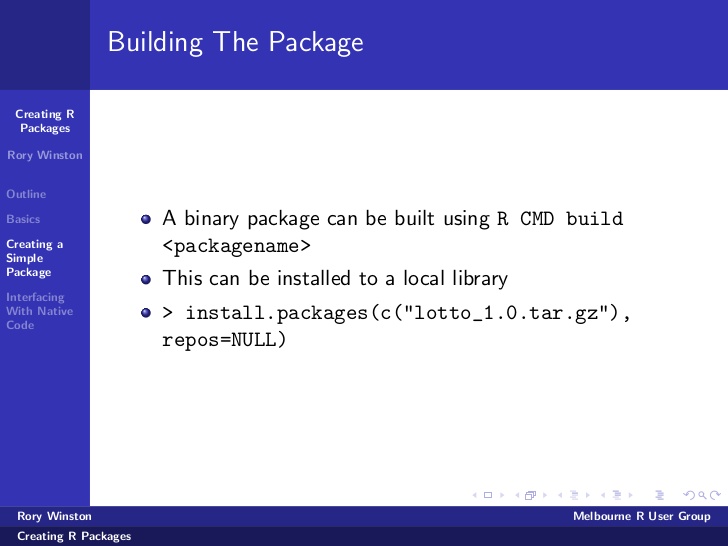

However, before we get started, there’s a critical distinction that you need to understand, which is the difference between having a package installed on your computer, and having a package loaded in R. I’ll explain them as we go, because I think that helps you understand what’s going on. Along the way, you’ll see that whenever you get Rstudio to do something (e.g., install a package), you’ll actually see the R commands that get created. In this section, I’ll describe how to work with packages using the Rstudio tools, because they’re so much simpler. Fortunately, we don’t have to do things that way anymore.

It’s not actually terribly hard to work with packages that way, but it’s clunky and unpleasant.

When I first started writing this book, Rstudio didn’t really exist as a viable option for using R, and as a consequence I wrote a very lengthy section that explained how to do package management using raw R commands. Some packages are already installed when you put R on your computer, but the vast majority of them of R packages are out there on the internet, waiting for you to download, install and use them. A package is basically just a big collection of functions, data sets and other R objects that are all grouped together under a common name. In this section I discuss R packages, since almost all of the functions you might want to use in R come in packages. So, a better approach is to attempt to load the package using require and and install if loading fails ( require will return FALSE if it isn't found).\) It needs to read several files per installed package, which will be slow on Windows and on some network-mounted file systems. This can be slow when thousands of packages are installed, so do not use this to find out if a named package is installed (use system.file or find.package) nor to find out if a package is usable (call require and check the return value) nor to find details of a small number of packages (use packageDescription). A lot of the answers above (and on duplicates of this question) rely on installed.packages which is bad form.


 0 kommentar(er)
0 kommentar(er)
